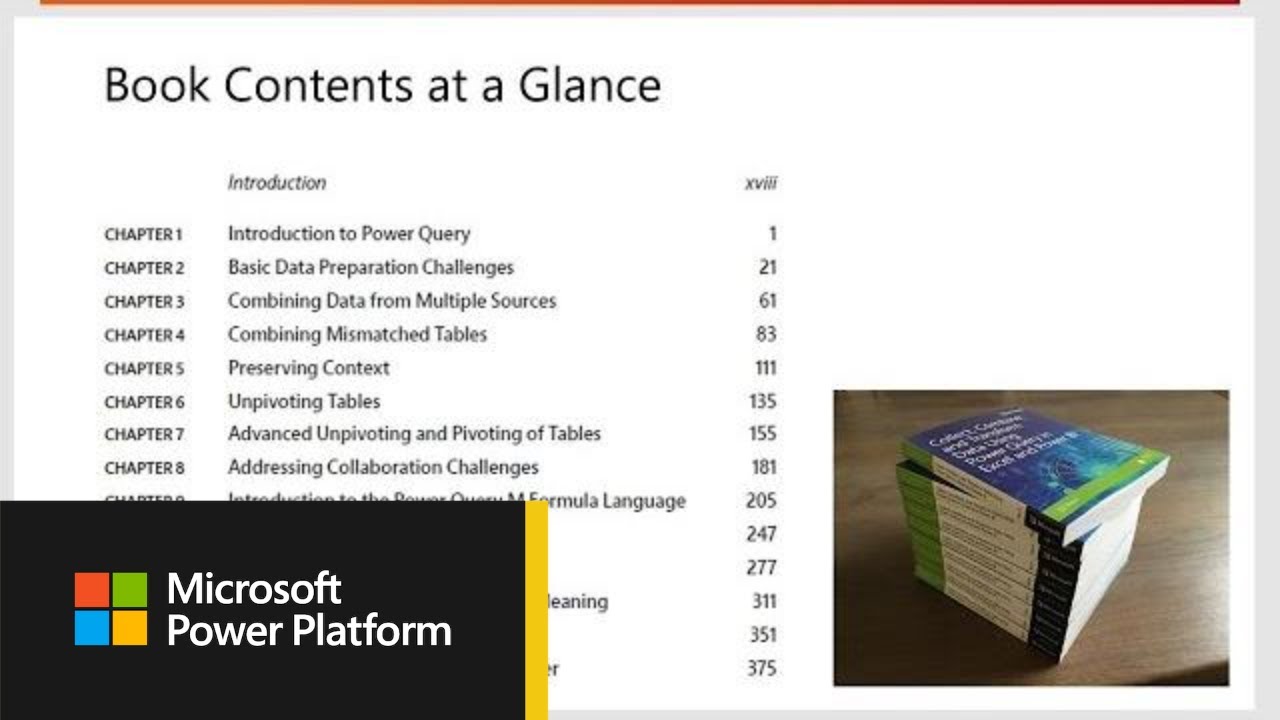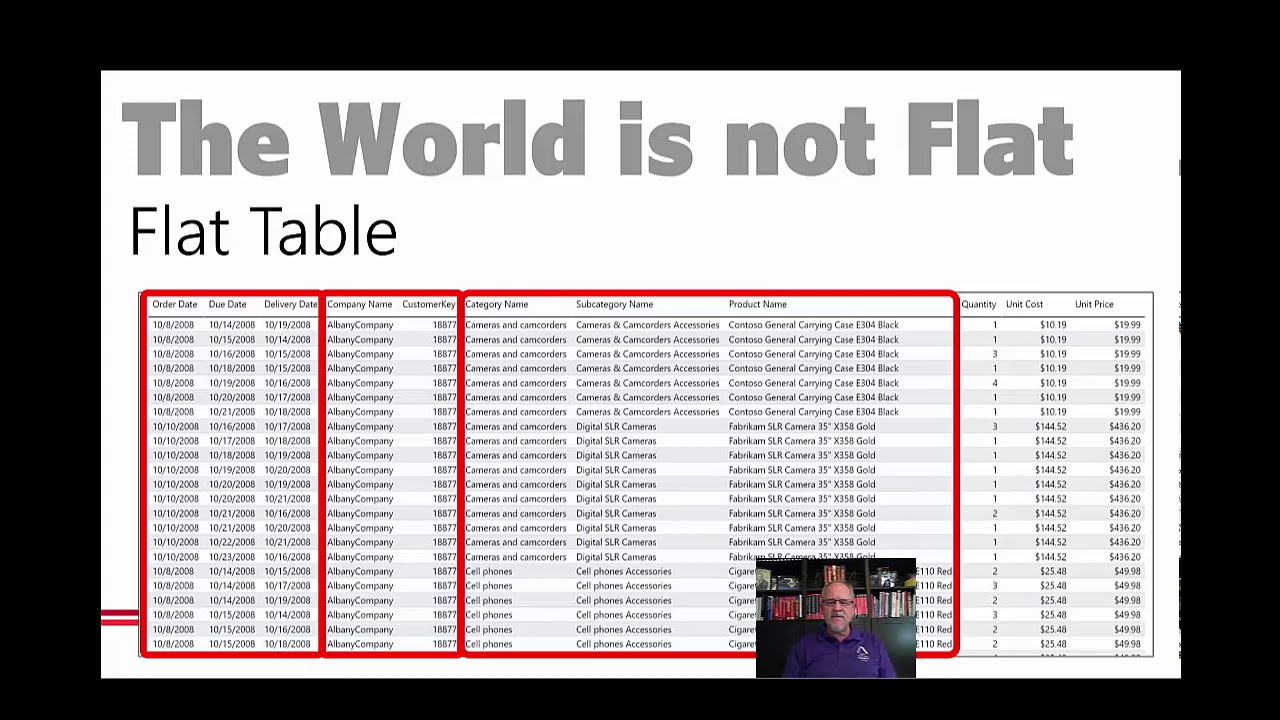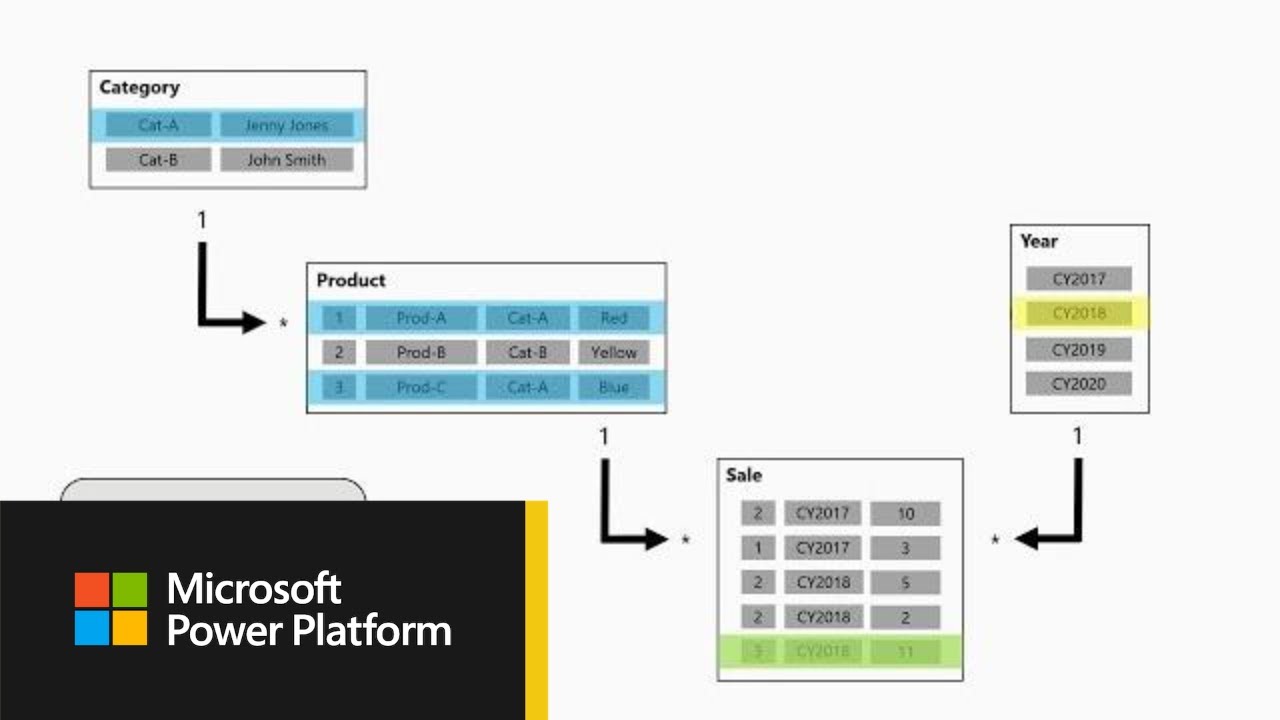Hi @Sdowney,
Glad to read that was helpful for you. ![]()
A good startingpoint are the Ultimate Beginners Guides and Data Transformations & Modelling you can access through the portal. Also check out the other videos in the series Greg did on YouTube.
A very practical book by Gil Raviv: Collect , Combine , and Transform Data Using Power Query in Excel and Power BI.
.
More geared towards Data Modelling and Relationships.
and book recommmendations, check out this list by Nick
I hope this is helpful.



